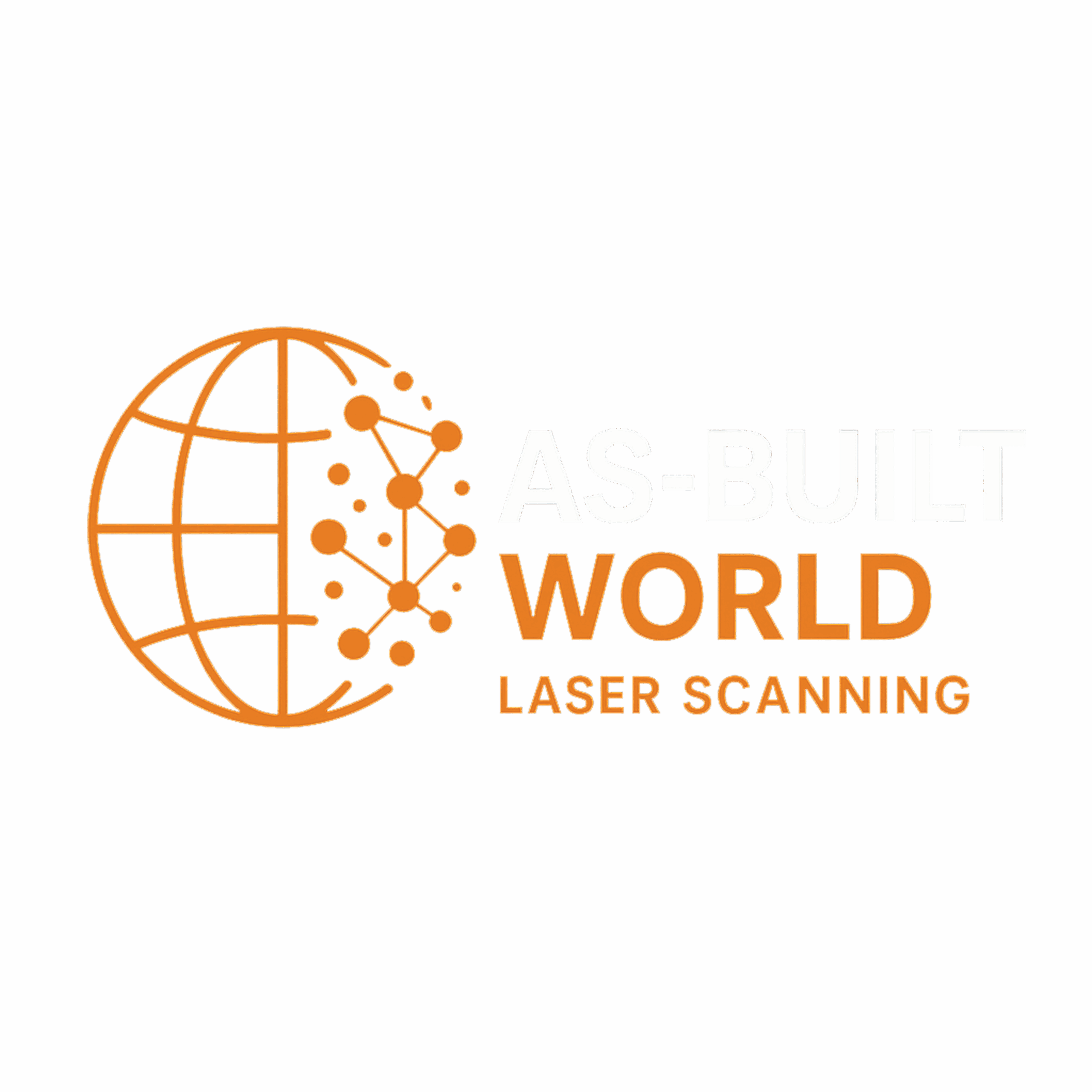5 Common Mistakes in Construction Documentation and How As-Built Plans Solve Them
Accurate construction documentation is the backbone of any successful project. Yet, even in today’s digital age, mistakes in construction documentation remain a leading cause of delays, budget overruns, and disputes. Fortunately, as-built plans—detailed, updated drawings reflecting the actual conditions of a completed project—can help mitigate these issues. Let’s explore five common documentation mistakes and how as-built plans offer the solution.
Mistake 1: Outdated or Incomplete Drawings
The Problem: Many projects rely on outdated drawings that fail to account for changes made during construction. Incomplete documentation can lead to misaligned expectations and costly errors.
How As-Built Plans Help: As-built plans document every change made during construction, creating a comprehensive and accurate record. They serve as the single source of truth, ensuring:
Accurate representation of existing conditions.
Fewer misunderstandings during renovations or future projects.
Mistake 2: Miscommunication Among Stakeholders
The Problem: With multiple teams—architects, engineers, contractors, and clients—involved in a project, miscommunication is almost inevitable. Discrepancies between teams can lead to delays and additional expenses.
How As-Built Plans Help: As-built plans promote collaboration by:
Providing a unified, accurate reference for all parties.
Clarifying design changes and site conditions in real-time.
Simplifying approvals and reducing back-and-forth communication.
Mistake 3: Lack of Documentation for Field Changes
The Problem: Field changes often happen on the fly, whether due to unforeseen site conditions or design modifications. Unfortunately, these changes aren’t always documented, leading to inconsistencies.
How As-Built Plans Help: As-built plans capture every on-site change, no matter how minor. This ensures:
A complete record of modifications for future reference.
Better alignment between the field team and design documents.
Reduced risk of conflicts over undocumented changes.
Mistake 4: Inaccurate Measurements
The Problem: Even small inaccuracies in measurements can snowball into significant issues during construction. From material waste to rework, the consequences are both time-consuming and costly.
How As-Built Plans Help: Created using advanced tools like laser scanners, as-built plans deliver:
Precise, millimeter-level measurements of structures and spaces.
Reduced errors in ordering materials or fabricating components.
Confidence in the accuracy of all project data.
Mistake 5: Neglecting Future Use Cases
The Problem: Documentation often focuses solely on immediate project needs, ignoring the long-term utility of detailed records. This oversight complicates future renovations, maintenance, or expansions.
How As-Built Plans Help: As-built plans are an invaluable resource for future projects. They:
Provide a reliable starting point for renovations or retrofits.
Simplify facility management by detailing system locations and structural elements.
Reduce time and cost when planning future work.
The Bottom Line
Mistakes in construction documentation don’t just impact individual projects—they affect timelines, budgets, and client relationships. As-built plans are the key to avoiding these pitfalls, offering a detailed and accurate account of a project’s final state.
By investing in high-quality as-built services, you can ensure smoother workflows, improved communication, and long-term savings. Don’t let documentation errors hold your projects back—embrace as-built plans and set your construction projects up for success.
References

